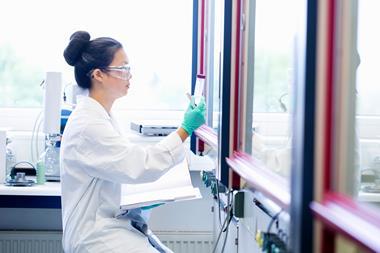Welcome to the world of WiTricity - wireless electricity
Wireless internet and broadband connections for laptops and mobile phones are common. But recharging electronic gadgets requires wired connection to the nearest available mains socket. Now, researchers at Massachusetts Institute of Technology, US, have developed a technology they call WiTricity - wireless electricity.
Marin Soljacic and colleagues at MIT have transmitted electrical power over a distance in excess of two metres with what they say are relatively small energy losses.
If electrical power could be transmitted directly through space, it would mean real electronic device portability.
Wireless power transmission is not new: electromagnetic induction used by transformers in AC electrical circuits has been known for centuries. Here, two wire coils are in close physical proximity without actually touching. When an alternating electric current passes through one coil, the oscillating magnetic field associated with it induces an electric current in the other. Power is transmitted but as soon as the coils move apart, it drops off dramatically: electro-magnetic radiation spreads in all directions simultaneously so energy simply radiates into space.
Nikola Tesla tried to achieve wireless power transmission at the beginning of the 20th century, but this involved generating dangerously high electric fields. Tesla never realised his dream of transmitting industrial amounts of electrical energy with minimal losses to any point on the planet. Using the principle of resonance, the MIT team might succeed where Tesla failed.
Objects tuned to the same resonant frequency can transfer energy efficiently over some distance (like a tuning fork separated from a resonating musical instrument at the same pitch) with little energy dissipated to surrounding objects with different resonant frequencies. The MIT team had previously worked out the necessary resonance conditions that would ensure relatively efficient electrical power transmission and used their calculations to design two electromagnetically resonating coils coupled by their magnetic fields.
Because each coil is also a self-resonating system, the sender coil does not dissipate energy via its alternating magnetic field. Instead, it fills the surrounding space with a non-radiating magnetic field oscillating at MHz frequencies. The receiver coil resonates with this field so strongly that the MIT team achieved a highly respectable 15 per cent energy transfer from the sender.
’This is because the rate of energy transfer between the two coils is greater than the rate of resonance decay,’ explained team member Andre Kurs. ’Laptops typically consume between 20 and 30W, while cell phones consume a couple of watts during conversations’, Kurs continued. ’So the 60W we transmitted over more than two metres could easily power a pair of in-range laptops or a couple of dozen cell phones.’
But is the new technology safe? ’We’re no experts on how humans are affected by oscillating magnetic fields,’ said Kurs, ’but WiTricity operates well within the accepted safety standards for general population exposure.’
Lionel Milgrom
Enjoy this story? Spread the word using the ’tools’ menu on the left.
References
A Kurs et al, Science, DOI: 10.1126/science.1143254






No comments yet